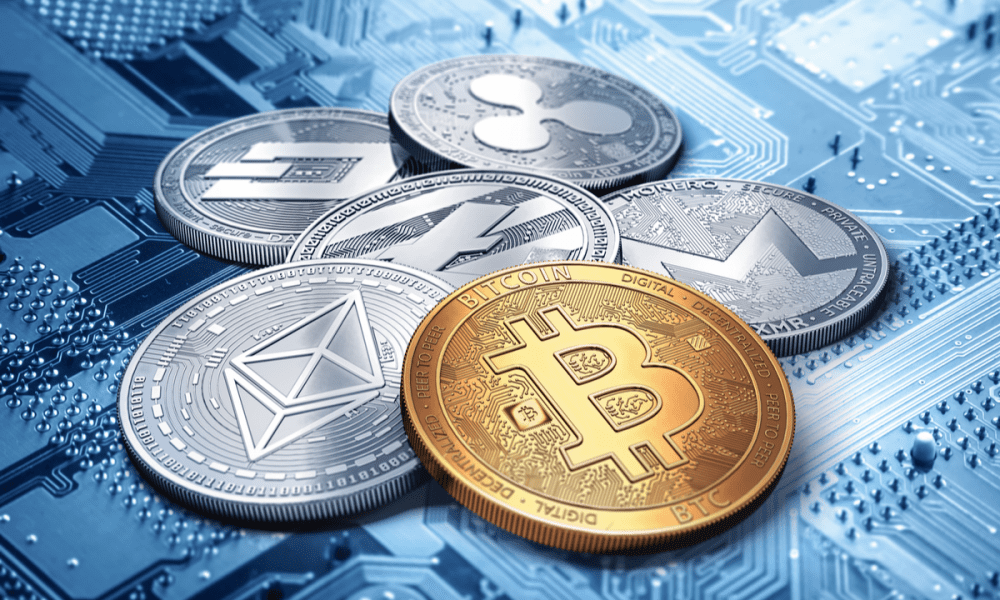
- As the U.S. Federal Reserve raised interest rates, Bitcoin trading volumes on major cryptocurrency exchanges started to subside as well.
- What’s interesting though is that while the trading volumes for Bitcoin have receded, its price hasn’t move all that much, trading within a razor-thin band that straddles US$40,000, with a channel between US$37,500 and US$45,700.
It’s been said that when the tide washes out, you can see who’s been swimming without shorts.
And now with the prospect of policy tightening by the world’s major central banks on the horizon, those who were trading Bitcoin as opposed to investing in it for the long-term, are becoming more apparent.
As the U.S. Federal Reserve raised interest rates, Bitcoin trading volumes on major cryptocurrency exchanges started to subside as well.
According to data compiled by FRNT Financial, the aggregate 30-day moving average volume for Bitcoin across Coinbase, Bitfinex, Kraken and Bitstamp is at its lowest since August 2021.
And over the past month, the aggregate daily volume on those same exchanges was just US$1 billion, or almost 60% lower than the US$2.57 billion that changed hands for Bitcoin in May 2021.
What’s interesting though is that while the trading volumes for Bitcoin have receded, its price hasn’t move all that much, trading within a razor-thin band that straddles US$40,000, with a channel between US$37,500 and US$45,700.
A quick analysis of the Bitcoin blockchain also reveals that traders of Bitcoin are increasingly becoming “hodlers” with around 75% of the cryptocurrency held in illiquid wallet addresses that are associated with long-term holding as opposed to short-term trading.
Which means that the swings in Bitcoin’s price that are visible, reflect a small, but psychologically-significant trading minority which are more susceptible to macroeconomic uncertainty, including everything from soaring yields to rising interest rates.
Bitcoin exchange outflows last week reveal more “hodlers” as opposed to traders as well, with some US$1.2 billion being taken out of circulation, compared with around US$532 million from a week earlier.
Part of the reason for this increase in “hodling” could be that more investors are subscribing to the narrative that Bitcoin serves as an inflation hedge, in which case as more supply is taken out of circulation, stuffed into long-term cold wallets (unconnected to the internet), prices could rise.



